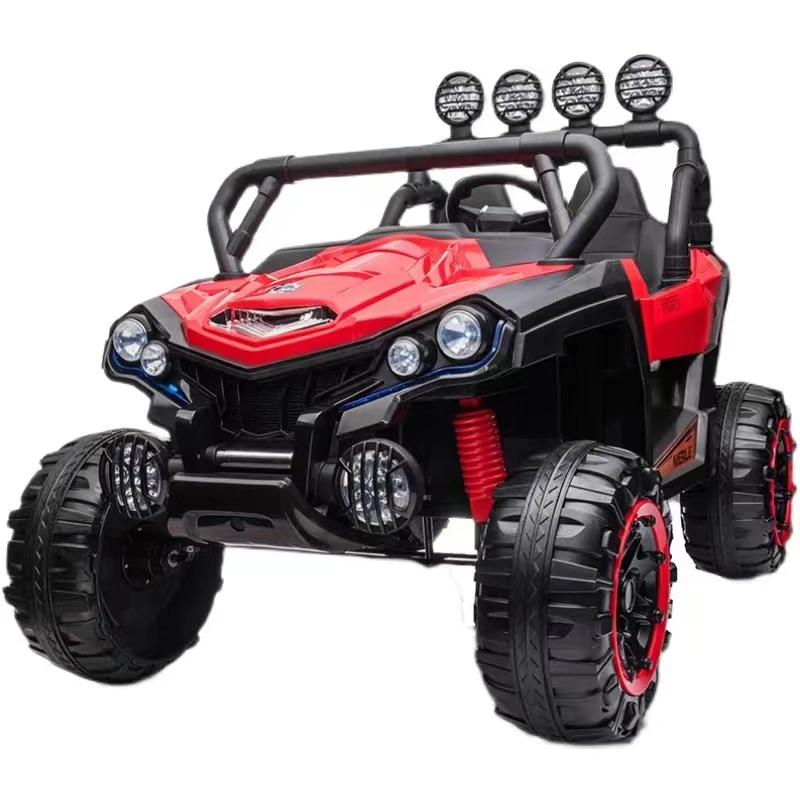
- Afrikaans
- Albanian
- Amharic
- Arabic
- Armenian
- Azerbaijani
- Basque
- Belarusian
- Bengali
- Bosnian
- Bulgarian
- Catalan
- Cebuano
- Corsican
- Croatian
- Czech
- Danish
- Dutch
- English
- Esperanto
- Estonian
- Finnish
- French
- Frisian
- Galician
- Georgian
- German
- Greek
- Gujarati
- Haitian Creole
- hausa
- hawaiian
- Hebrew
- Hindi
- Miao
- Hungarian
- Icelandic
- igbo
- Indonesian
- irish
- Italian
- Japanese
- Javanese
- Kannada
- kazakh
- Khmer
- Rwandese
- Korean
- Kurdish
- Kyrgyz
- Lao
- Latin
- Latvian
- Lithuanian
- Luxembourgish
- Macedonian
- Malgashi
- Malay
- Malayalam
- Maltese
- Maori
- Marathi
- Mongolian
- Myanmar
- Nepali
- Norwegian
- Norwegian
- Occitan
- Pashto
- Persian
- Polish
- Portuguese
- Punjabi
- Romanian
- Russian
- Samoan
- Scottish Gaelic
- Serbian
- Sesotho
- Shona
- Sindhi
- Sinhala
- Slovak
- Slovenian
- Somali
- Spanish
- Sundanese
- Swahili
- Swedish
- Tagalog
- Tajik
- Tamil
- Tatar
- Telugu
- Thai
- Turkish
- Turkmen
- Ukrainian
- Urdu
- Uighur
- Uzbek
- Vietnamese
- Welsh
- Bantu
- Yiddish
- Yoruba
- Zulu
Dec . 10, 2024 15:09 Back to list
26 in mountain bikes
The 26% in Mountain Bikes Understanding Trends and Preferences
Mountain biking is more than just a sport; it's an experience that immerses enthusiasts in the beauty of nature while challenging their physical endurance and technical skills. Among the numerous factors influencing the choice of mountain bikes, one figure stands out 26%. This number has significant implications in the world of mountain biking, representing a transitional period in bike design, riding styles, and consumer preferences.
The Rise of 26-Inch Wheels
In the evolution of mountain bikes, 26-inch wheels were once the standard. Popular in the late '90s and early 2000s, these wheels were favored for their agility and maneuverability on narrow trails. Riders appreciated how easily they could navigate tight corners and obstacles. The lightweight nature of bikes equipped with 26-inch wheels allowed for quick acceleration, making them ideal for cross-country racing and technical riding.
However, it wasn't just the wheels' size that appealed to riders; it was also the overall design of the bikes during this time. Manufacturers focused on creating lightweight frames and advanced suspension systems, enhancing the overall riding experience. Consequently, 26-inch wheeled mountain bikes garnered a dedicated following, culminating in their dominance in the market.
The Shift Towards Larger Wheels
As the mountain biking community expanded, so too did the demand for higher performance and versatility. Riders began noticing the benefits of larger wheel sizes, leading to the introduction of 27.5-inch and 29-inch wheels. These larger wheels offered better rolling efficiency, improved stability, and greater obstacle clearance. With increasing emphasis on downhill performance, many riders found themselves gravitating toward these larger models.
This shift did not come without controversy. Detractors of the larger wheels argued that the agility and handling of 26-inch bikes were being compromised. They felt that the essence of mountain biking—the ability to whip through tightly wound trails with sheer control—was being sacrificed for stability and speed.
The Current Landscape of Mountain Biking
Today, the mountain biking market has matured, and riders have more options than ever before. The 26% in mountain bikes can refer to the percentage of the market still occupied by 26-inch wheel models. While many top manufacturers have leaned heavily into 27.5-inch and 29-inch offerings, a niche market persists for 26-inch bikes, particularly among dedicated enthusiasts and riders on a budget. These bikes remain an accessible entry point into the sport, offering a formidable blend of performance, comfort, and affordability.
26 in mountain bikes

Factors Influencing the Choice of Wheel Size
Several factors contribute to a rider's choice between 26-inch and larger wheel sizes
1. Riding Style Riders who engage in more technical, twisty trails may still prefer the nimbleness of a 26-inch bike. Conversely, those focusing on all-mountain or downhill riding may opt for larger wheels to benefit from increased stability and traction.
2. Terrain The choice of terrain plays a significant role. Riders tackling rocky paths or unstable surfaces might find that larger wheels offer improved control, while those navigating tighter trails could enjoy the responsiveness of a 26-inch bike.
3. Skill Level Beginners might find 26-inch bikes more accessible due to their lighter weight and ease of handling, while more seasoned cyclists may lean toward larger wheels that accommodate aggressive riding techniques.
4. Budget As new technologies emerge in the mountain biking world, 26-inch bikes tend to be more affordable, appealing to budget-conscious riders looking for solid performance without breaking the bank.
Embracing the Diversity of Mountain Biking
Ultimately, the 26% in mountain biking emphasizes the importance of personal preference and diversity within the sport. As mountain biking continues to evolve, it is essential to celebrate the various bike types and sizes that cater to different riders' needs. Whether someone rides a 26-inch bike for the thrill of navigating technical trails or prefers the advantages of larger wheels for speed and stability, the goal remains the same to enjoy the ride and experience the great outdoors.
The debate between wheel sizes is not just about numbers but about individual experiences and preferences. The mountain biking community thrives on shared passion, exploration, and innovation, ensuring that every rider, regardless of their wheel size, can find joy in the journey.
-
The Ultimate Kids' Four-Wheeler Experience
NewsJul.09,2025
-
The Ultimate Guide to Mountain Bikes: Gear Up for Your Ride
NewsJul.09,2025
-
The New Age of Cycling: Electric Bikes for Every Rider
NewsJul.09,2025
-
The Best Kids Bicycles: Ride in Style and Safety
NewsJul.09,2025
-
The Best 3-Wheel Scooters for Kids: Fun, Safety, and Adventure
NewsJul.09,2025
-
Revolutionize Your Ride: Affordable Electric Bikes
NewsJul.09,2025
-
Finding the Perfect Mountain Bike for Every Rider
NewsJul.09,2025



